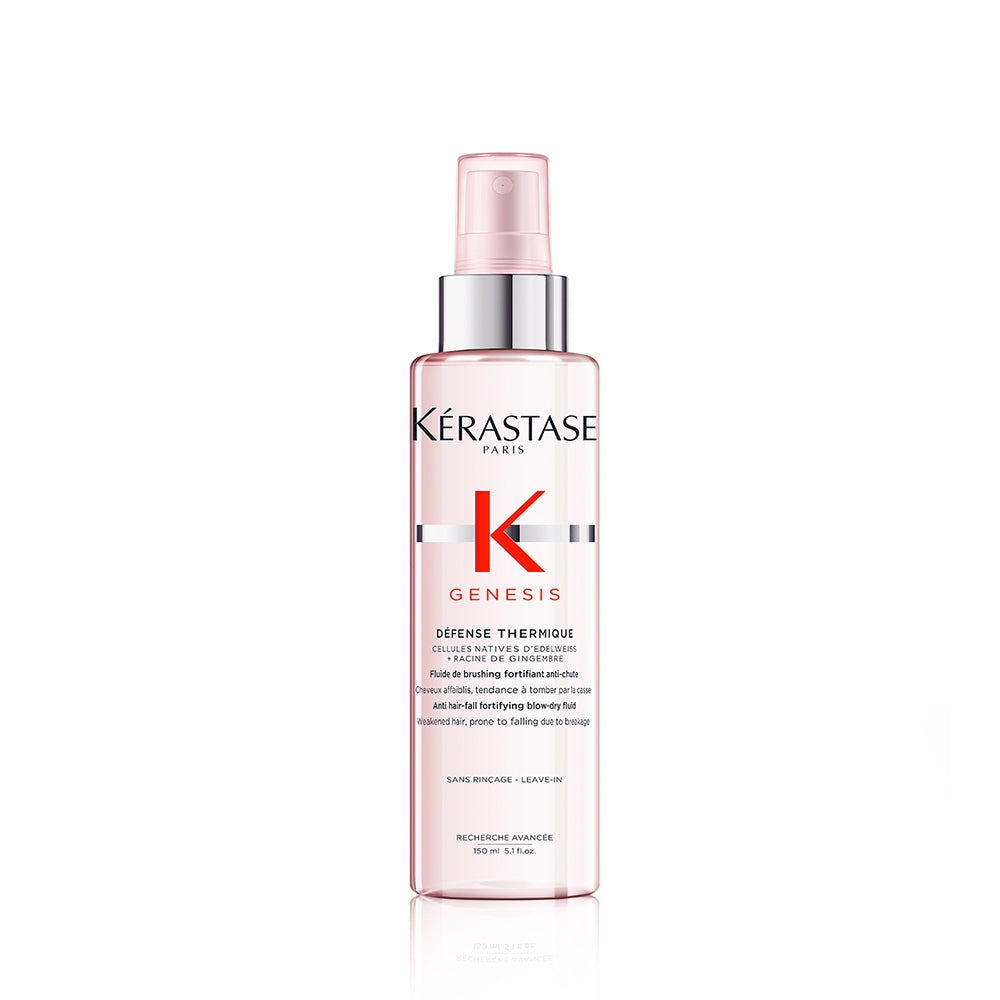Hair loss is a common concern for many people, but it can be distressing when it first begins. Whether you’re noticing a few more strands in your brush or a thinning patch that wasn’t there before, understanding the early signs of hair loss can help you take proactive steps to address it. In this blog, we’ll look at the first signs of hair loss and provide practical tips on how to treat it effectively.
1. Increased Shedding
One of the first signs of hair loss is an increase in hair shedding. It’s normal to lose between 50-100 hairs a day, but if you notice significantly more shedding than usual, it may indicate a problem. You may find more hair on your pillow in the morning, in the shower, or even on your clothes throughout the day.
What to do:
If you’re concerned about shedding, start by paying attention to the amount of hair you're losing during daily activities. Using a gentle shampoo and conditioner can help minimise unnecessary breakage. Additionally, try avoiding harsh chemical treatments, such as perms or dyes, that can weaken the hair.
2. Thinning Hair or Receding Hairline
Another early sign of hair loss is thinning hair, often noticed around the crown or at the temples. This can happen gradually, so it may not be immediately obvious. For men, a receding hairline is a typical early sign, while women may experience a more diffuse thinning all over the scalp.
What to do:
If you notice thinning, it’s important to assess the possible causes. Hormonal changes, stress, and diet deficiencies can all contribute. Talk to a dermatologist or trichologist to determine the cause and consider treatments, which can promote hair regrowth. A scalp massage with essential oils like rosemary or peppermint may also help stimulate blood flow to the follicles.
3. Wider Part or More Visible Scalp
As hair loss progresses, you may begin to notice that your parting looks wider or that your scalp becomes more visible through your hair. This may happen gradually and might not seem concerning at first, but it can be a sign that the hair is thinning or receding.
What to do:
Consider switching to a gentle, volumizing shampoo that can add fullness to your hair. Also, be mindful of your hair care routine—heat styling tools and tight hairstyles can cause hair to break or fall out. Keeping hair healthy by reducing these stressors can help manage thinning.
4. Changes in Hair Texture
If your hair begins to feel thinner, weaker, or more brittle than usual, it could be a sign of hair loss. As hair follicles shrink and produce finer hair strands, the texture may change. Hair that once had a thick, voluminous texture may feel flat and lackluster.
What to do:
Using hair masks or having regular treatments can help strengthen weakened hair. Make sure your diet includes essential vitamins and minerals, such as biotin, zinc, and vitamin D, as these are important for healthy hair growth. Again, it is important to minimise the use of heat styling tools and choose products with nourishing ingredients.
5. Increased Sensitivity to the Scalp
Some individuals experience tenderness or a sore scalp when dealing with hair loss. This may occur as a result of inflammation in the hair follicles or excessive tension on the scalp from styling practices. A sensitive scalp can be one of the earliest signs that your hair is under stress.
What to do:
Try to avoid tight hairstyles like ponytails or braids, which can pull on the hair and scalp. Opt for gentle, sulfate-free shampoos and conditioners. Additionally, scalp treatments that contain soothing ingredients like aloe vera or tea tree oil may help reduce inflammation and soothe the scalp.
If you’re concerned about your hair or unsure of the cause of your hair loss or thinning, don’t hesitate to consult with our hair specialists or a dermatologist to create a personalised treatment plan. Taking care of your scalp and hair from the start is the best way to maintain its health for years to come.


